
Limbe Wildlife Centre: Community-Based Green Project 2022
Cover page: community member harvesting cassava leaves and LWC keeper distributing potato leaves to our drill monkey group
Published in March 2023
Limbe Wildlife Centre, P.O. Box 878, Limbe, Republic of Cameroon
Limbe Wildlife Centre is a collaborative effort between the Pandrillus Foundation and the Republic of Cameroon, Ministry of Forestry and Wildlife (MINFOF)
The Ministry of Forestry and Wildlife oversees implementing the national forest policy for ensuring sustainable management and conservation of wildlife and biodiversity over the national territory as enacted by forestry law No. 01/94 of 20 February which regulates all forestry, wildlife, and fisheries activities
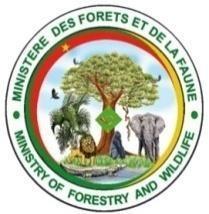
Pandrillus Foundation is a non-profit making NGO specialised in the protection, rehabilitation, and reintroduction of primates, as well as management and sustainable financing of conservation projects in Africa



Annual report: Community-Based Green Project 2022 2
Accreditations and Awards
In February 2018, the Limbe Wildlife Centre had its accreditation with the Pan African Sanctuary Alliance (PASA) renewed for another five years. PASA is the largest association of wildlife centres and sanctuaries in Africa, founded by the Limbe Wildlife Centre, along with 6 other primate sanctuaries. Today, PASA includes 23 organisations in 13 countries that demonstrate exceptional commitment and the highest standards of animal welfare and conservation practices, to securing a future for Africa’s primates and their habitat.


In April 2018, the Limbe Wildlife Centre was voted Best Volunteer Abroad Project and chosen to feature in Tutorful’s Wildlife Conservation editorial along with other prestigious organisations making a notable difference in wildlife conservation worldwide. The LWC gives people the chance to volunteer and assist experienced caregivers with daily caregiving activities, offering the opportunity for volunteers to experience making a meaningful contribution to primate conservation (and all the satisfaction this provides).

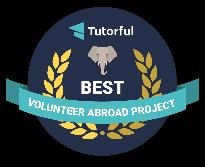
In August 2019, the Limbe Wildlife Centre received a 2019 Clark R. Bavin Wildlife Law Enforcement Award at the Conference of the Parties of the Convention on International Trade in Endangered Species of Wild Fauna and Flora (CITES) in Geneva, Switzerland, in recognition of the remarkable efforts the LWC has made to help combat wildlife crime.

Annual report: Community-Based Green Project 2022 3

Annual report: Community-Based Green Project 2022 4 Contents Accreditations and Awards 3 Contents..............................................................................................................................5 Contents 5 Our institutional funders 2022.............................................................................................7 Project summary 8 Objectives...........................................................................................................................9 Indicators of success ........................................................................................................ 11 Animals benefitting from the Green Project 15 Community workshops and meetings ............................................................................ 18 The benefits of fresh greens 20 Financial breakdown ....................................................................................................... 22 Future goals and objectives 24 Challenges and opportunities......................................................................................... 26 Projected budget for 2023............................................................................................... 28
Our institutional funders 2022




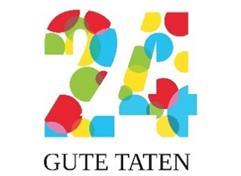
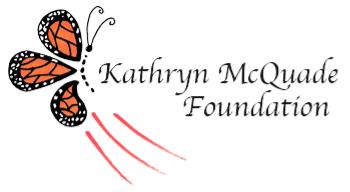
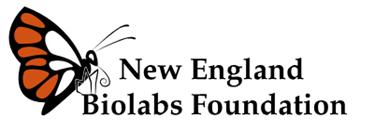



Annual report: Community-Based Green Project 2022 5
Project summary
Communities are central to the conservation approach of the Limbe Wildlife Centre. Although community members are largely responsible for the depletion of wildlife populations and forest encroachment around Mount Cameroon National Park, it is mostly because of a lack of alternative sources of income and understanding. For years, the Limbe Wildlife Centre, through Pandrillus and with the support of many international donors, has run the Green Project to benefit the local community and flora and fauna around Mount Cameroon National Park, as well as the rescue animals at the LWC. To reduce the need for farmland expansion and bushmeat hunting within Batoke, which is found at the foot of the mountain, the project began purchasing green cultivated and wild-harvested products from community members. The community-based project aims to encourage more sustainable management of natural resources by financially supporting the community through purchasing harvested greens that sustainably feed and nurture the wildlife at the centre and increasing land value and reducing forest encroachment by purchasing crop byproducts.


Annual report: Community-Based Green
2022 6
Project
Map of Fako division of the South-West region, with the village of Batoke lying at the foot of Mount Cameroon
Members of the community live at the foot of Mount Cameroon National Park, which remains an important stronghold for many endangered species such as drills, Nigeria Cameroon chimpanzees, Preuss’ monkeys and more…











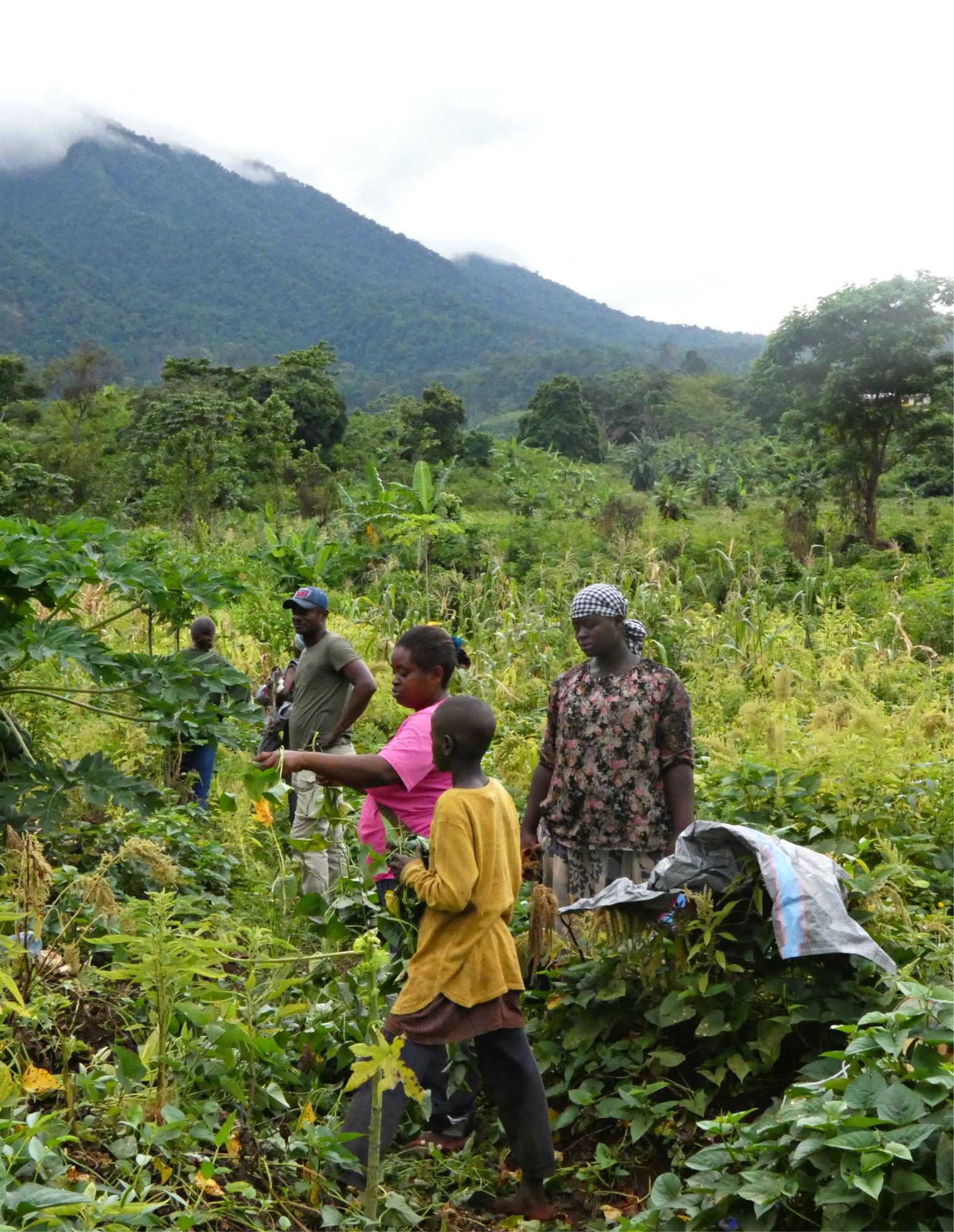
Objectives
Reducing bushmeat hunting and slash-and-burn culture

The alternative livelihoods provided by the Green Project means that community members are less reliant on bushmeat hunting. The Green Project increases the value of the agricultural land, as the project buys agricultural by-products (crop leaves) which are not used for human consumption. This reduces the need to expand agricultural lands through slash-and-burn culture, thus protecting the forest and its wildlife.
Providing sustainable and nutritious food for our rescued animals
With nearly 200 primates to feed (and small mammals and birds), it is important to have a constant supply of fresh, nutritious, and sustainable food. The Green Project allows the LWC to keep its environmental impact low, whilst also providing food that is high in fibre, vitamins, and minerals. Papaya leaves, for example, are good for overall health, improving digestion, has anti-inflammatory properties, and boosts immunity.
Supporting the community through a reliable income
The difficulties faced by the community through the pandemic and the ongoing civil crisis in the South-West region means that a reliable income is more essential than ever. The income generated for the local community is divided up amongst the permanent members. This ensures more financial independence for the women in the community and a better life for their children, and an alternative income for exhunters. The fruitful alternative livelihoods will help the development of the community and the ongoing success of the project.
Annual report: Community-Based Green Project 2022 8
In the last three years… $62,720 has been invested into alternative livelihoods for an ex-hunting community.

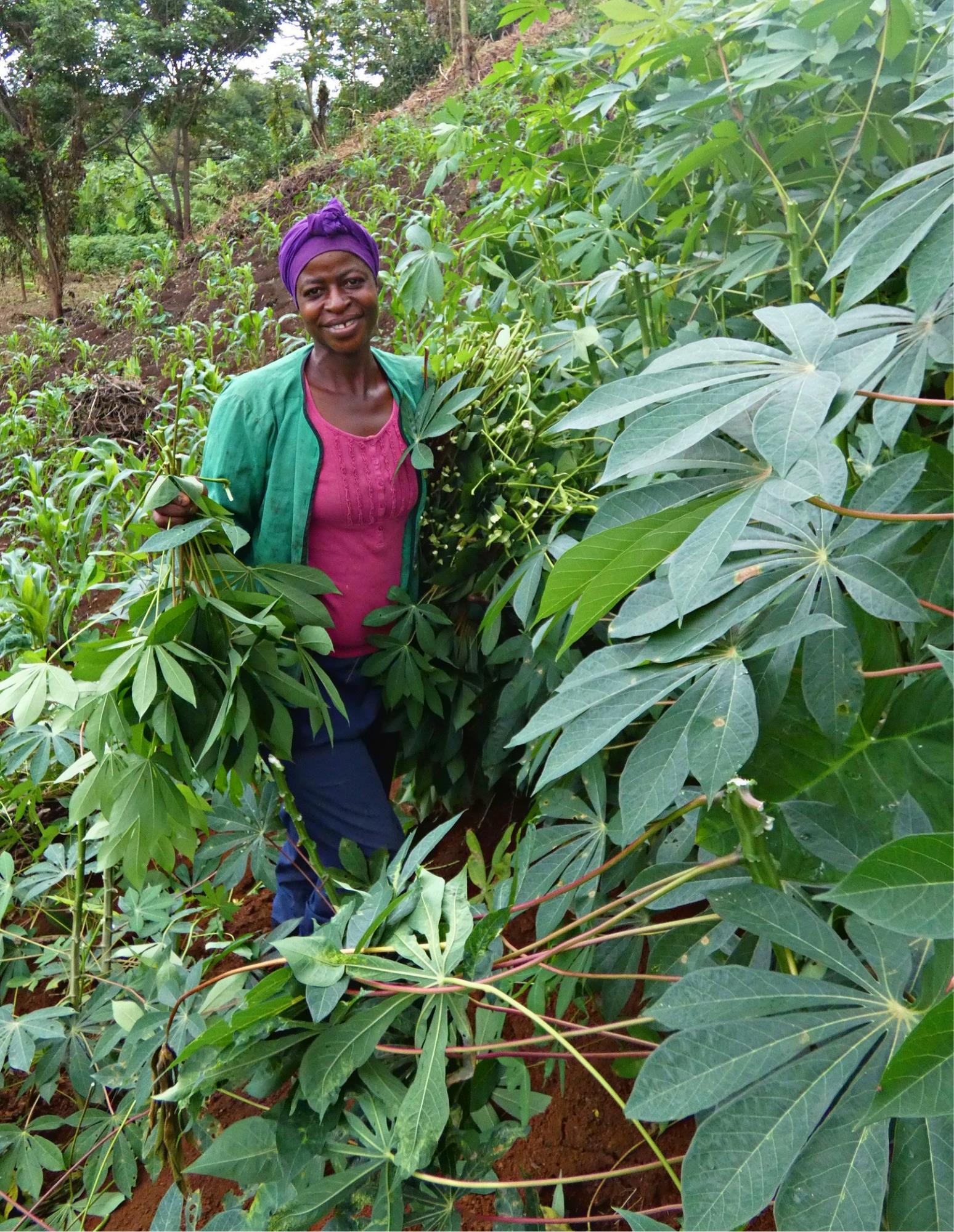
Annual report: Community-Based Green Project 2022
Indicators of success
Table 1. Weight and cost of each food item per year

10
JAN TO JAN 2017 2018 2019 2020 2021 2022 Products Members Cost per kg (XAF) Weight (kg) Costs (XAF) Total Weight (kg) Costs (XAF) Weight (kg) Costs (XAF) Weight (kg) Costs (XAF) Weight (kg) Costs (XAF) Weight (kg) Costs (XAF) Crop by-products Cassava leaves Women 80 10,433 834,640 10,396 831,680 11,920 953,600 10,222 817,760 8,973 717,840 10,566 845,280 Papaya leaves Women 80 15,668 1,253,440 26,080 2,086,400 41,269 3,301,520 35,156 2,812,440 52,053 4,164,240 50,287 4,022,960 Potato leaves Women 60 32,818 1,969,080 37,822 2,269,320 37,981 2,278,860 33,037 1,982,220 33,389 2,003,340 34,582 2,074,920 Subtotal Crop by-products 58,919 4,057,160 74,298 5,187,400 91,170 6,533,980 78,415 5,612,420 94,415 6,885,420 95,435 6,943,160 Wild herbaceous Aframomum sp. Ex-hunters ≈ 140 9,594 4,524,000 9,594 4,524,000 10,148 4,785,000 9,779 4,611,000 9,779 4,611,000 32,595 4,611,000 Costus sp. Women/Men 50 9,712 485,600 8,012 400,600 8,037 401,850 4,099 204,950 5,325 266,250 6,972 348,600 Subtotal Wild herbaceous 19,306 5,009,600 17,606 4,924,600 18,185 5,186,850 13,878 4,815,950 15,104 4,877,250 39,567 4,959,600 Invasive plants Trumpet wood Women/Men 45 9,209 414,405 7,377 331,965 7,058 317,610 3,490 157,050 2,644 118,980 2,806 126,270 Subtotal Invasive plants 9,209 414,405 7,377 331,965 7,058 317,610 3,490 157,050 2,644 118,980 2,806 126,270 Trumped wood tree (4.5kg ≈ 1 plant) 2046 92090 1639 73770 1568 70580 776 34900 588 26440 624 28060 Total USD 87,434 9,481,165 99,281 10,443,965 116,413 12,038,440 95,782 10,585,420 112,163 11,881,650 137,808 12,029,030 17,238 18,989 21,888 19,246 21,603 21,871 NB weeks 52 52 52 52 52 52 NB permanent members 101 108 110 93 87 85 Ex-hunters 30 28 24 20 17 15 Women 71 80 86 73 70 70 Average total income per week 181,458 199,884 230,401 202,592 227,400 230,221 Average income per permanent member 93,873 96,703 109,440 113,822 136,571 141,518 Equivalent number of monthly salaries (XAF60k each) 158 174 201 176 198 200 Equivalent monthly employees 13.2 14.5 16.7 14.7 16.5 16.7 Equivalent monthly salaries per member 1.6 1.6 1.8 1.9 2.3 2.4
Annual report: Community-Based Green Project 2022
Figure 1. Increase of amount (kg) of food enrichment provided by the community of Batoke since January 2015 (week 1) until the last week of 2022 (418).
Trumpet wood
Cassava leaves 7%
leaves
Potato leaves 17%
Trumpet wood
Cassava leaves
Papaya leaves
Potato leaves
Aframomum sp.
Costus sp.

11
1 11 21 31 41 51 61 71 81 91 101 111 121 131 141 151 161 171 181 191 201 211 221 231 241 251 261 271 281 291 301 311 321 331 341 351 361 371 381 391 401 411 0 500 1000 1500 2000 2500 3000 3500 4000 4500
Figure 2. Contribution of each browse item to the revenue generated for the community in 2022
Cassava leaves Papaya leaves Potato leaves Aframomum sp. Costus sp. Trumpet wood
1%
Aframomum
38% Costus
3%
Papaya
34%
sp.
sp.
The project continues to support the community to the extent that Green Project members are making 2.4x the average monthly salary, allowing for the empowerment, emancipation and financial independence of women and securing the investment in their children’s education and healthcare.



Annual report: Community-Based Green Project 2022
Animals benefitting from the Green Project
Table 2. Species list of resident animals at the LWC that benefit from the Green Project

13
Common Name Scientific Name Number of individuals CITES status CMR status IUCN Status Olive baboon Papio anubis 8 App II C LC Drill Mandrillus leucophaeus 66 App I A EN Moustached monkey Cercopithecus cephus 3 App II C LC Red eared guenon Cercopithecus erythrotis 3 App II A VU Mona monkey Cercopithecus mona 13 App II C NT Western lowand gorilla Gorilla gorilla gorilla 14 App I A CR Putty nosed guenon Cercopithecus nictitans 8 App II C NT Preuss' guenon Cercopithecus preussi 1 App II A EN Tantalus monkey Chlorocebus tantalus 9 App II C LC Patas monkey Erythrocebus patas 4 App II C NT Chimpanzee Pan troglodytes ellioiti 41 App I A EN Mandrill Mandrillus sphinx 9 App II A VU Red capped mangabey Cercocebus torquatus 7 App II A EN Agile mangabey Cercocebus agilis 4 App II A LC African civet Civettictis civetta 1 App III B LC Bay duiker Cephalophus dorsalis 1 App II B NT Bushbuck Tragelaphus sylvaticus 2 LC
In 2022, 137,808kg of fresh greens were fed to the ~250 animals in rehabilitation at the Limbe Wildlife Centre.
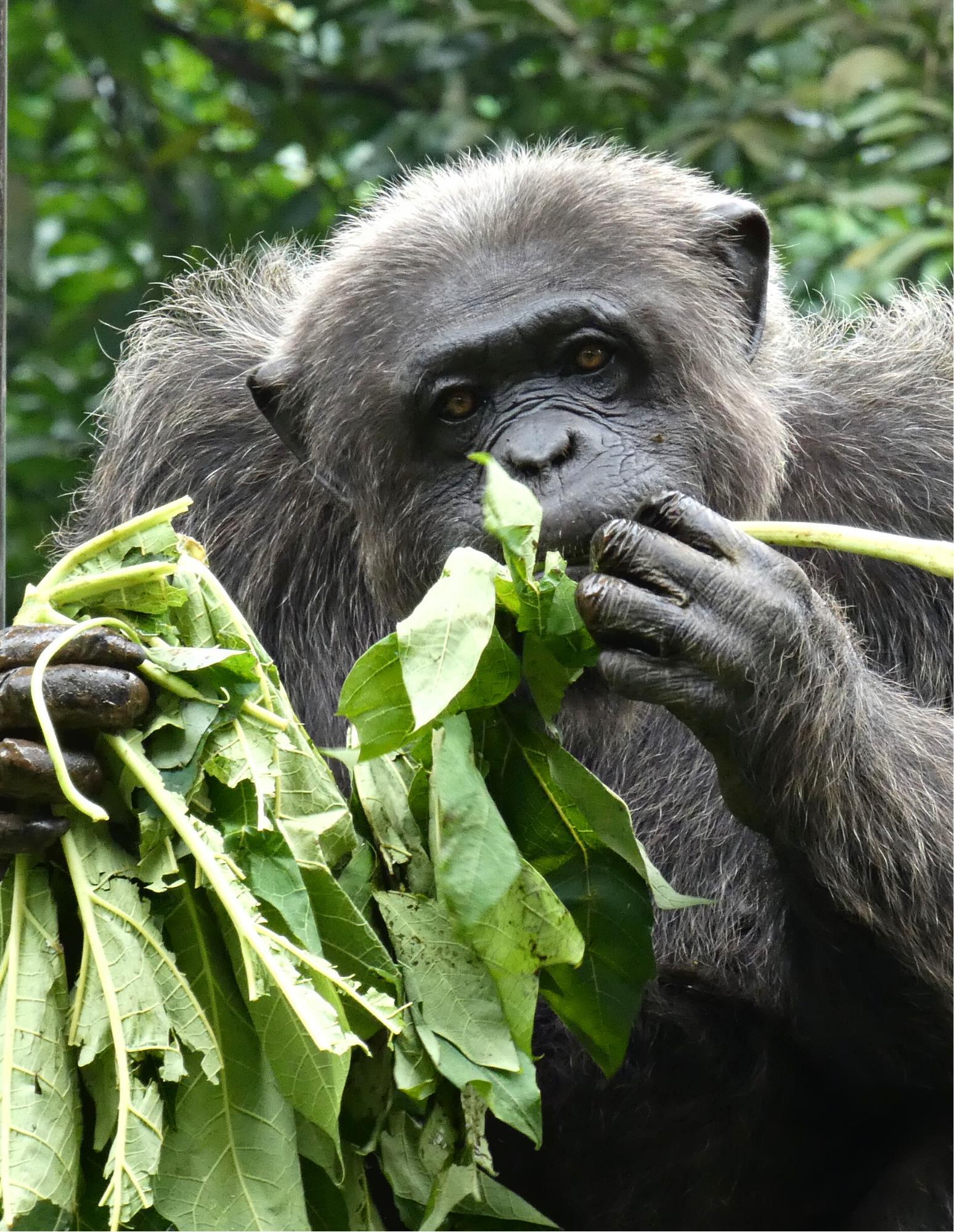
Trumpet wood is an invasive plant in Cameroon, and whilst it may not have a particularly high nutritional value it does provide a good enrichment item to improve animal welfare and reduce group tensions.

The benefits of fresh greens
Crop by-products
Cassava, papaya and potato leaves are harvested in existing crop fields. As leaves are by-products with no economic value for human consumption, purchasing them brings additional incomes to the villagers while not increasing the workload, and therefore is considered as a low-cost lucrative activity.

Papaya leaves have great health benefits, and recent studies have shown that they may:


→ Improve digestive function
→ Have anti-inflammatory effects
→ Support hair growth
→ Promote healthy skin
→ Have anticancer properties

→ Promote balanced blood sugar
Wild herbaceous plants (Aframomum and Costus sp).
These plants are members of the wild ginger family and have medicinal properties that boost the health and immune system of our animals.
Trumpet tree
The trumpet tree is listed as one of the 100 'World's Worst' invaders on the Global Invasive Species Database, as it is a fast-growing, short-lived tree which may be competing with (or even replacing) native pioneer species.
Annual report: Community-Based Green Project 2022 16
Twiggs, our disabled female western lowland gorilla, enjoying Aframomum leaves
Our drills receive trumpet tree leaves as they encourage natural foraging behaviours which reduce group tensions
Gorillas eat a huge variety of plants in the wild, however they particularly like plants from the wild ginger family such as the Aframomum sp. we provide thanks to the Green Project.



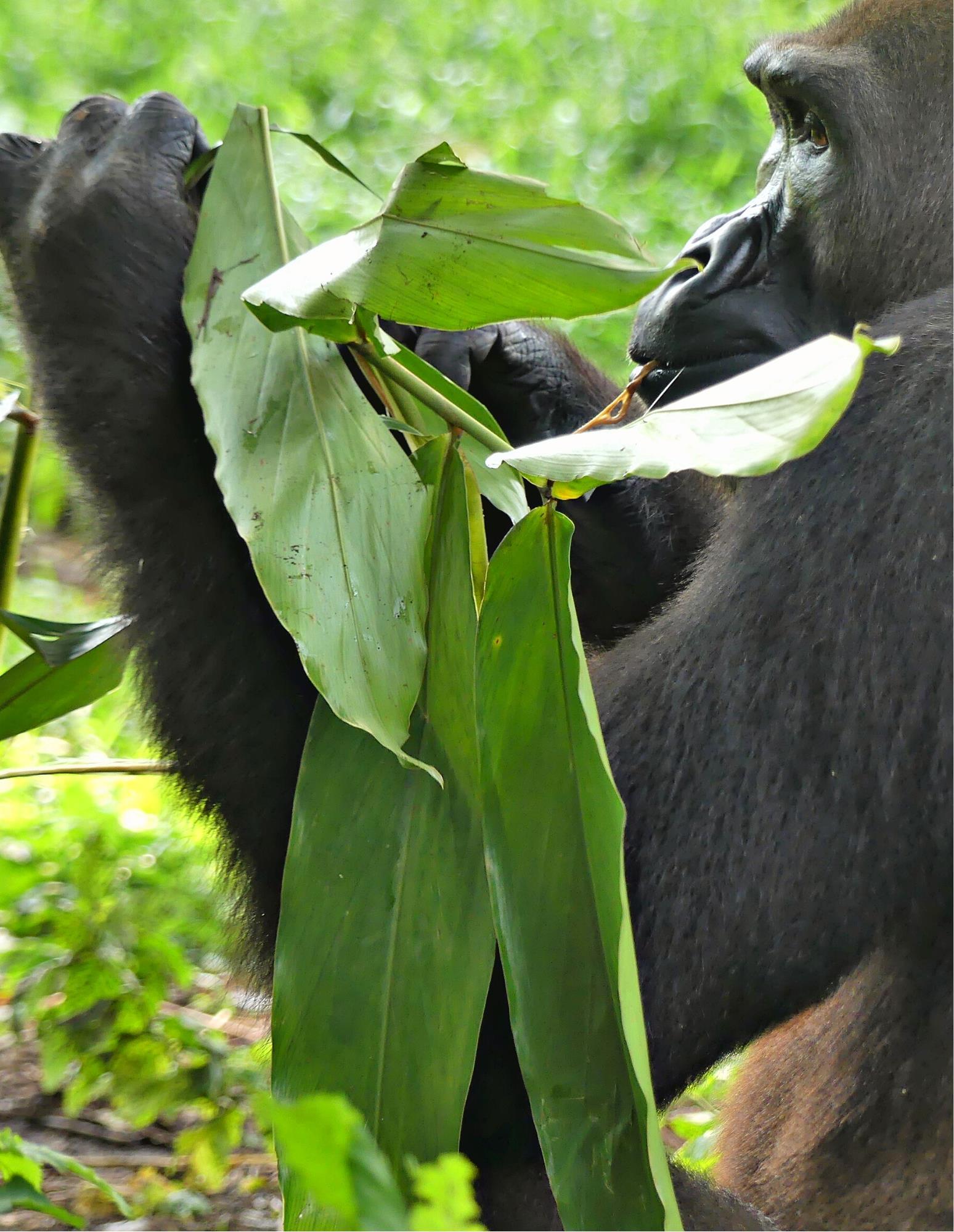
Community workshops and meetings
The LWC education team works closely with the Batoke community to improve and maintain our working relationship through workshops. In July 2022, we joined community members to discuss the Green Project. We also took this opportunity to further build our relationship with the Batoke community by sharing a meal together, harbouring a partnership built on respect. We discussed strategies with which we could further improve the project to benefit all involved. The workshops were also educational, teaching the community about how the greens they harvest benefit the animals at the centre. Furthermore, we offered knowledge on how to create compost from organic waste. This knowledge will improve the health and financial stability of the community, as they move away from harmful and expensive chemical fertilisers. The hopes are this will also slow agricultural land expansion, thus reducing encroachment into Mount Cameroon National Park.
The active engagement and leadership of local communities is a key component for success in conservation projects. The LWC will continue to forge a harmonious partnership with the Batoke community through principals such as strategic support, respect, empathy, and transparency.

The turnout of the community workshops is always very encouraging and we see enthusiastic participation from the members that have great suggestions on how to develop the project and strengthen our working relationship.

Annual report: Community-Based Green Project 2022 18
We have a long term commitment to the Batoke community, and thus our relationship with them is very important. We strengthen our ties with the community during workshops – where we share food and discuss ways to develop and improve our relationship and the project.


Sustainable waste management

The realities of caring for over 200 animals are clear when we discuss the amount of organic waste that is produced at the LWC on a daily basis. To tackle this ongoing problem, our construction team built a compost processing area, expanding our capacity to manage our organic waste and produce high-quality compost for our farm. We now do not have to rely on an external company to manage our waste, and the compost produced can be used within our on-site farm. This enables us to produce some supplementary crops for our animals’ diets, produced responsibly through sustainable agricultural methods and increasing our food security.
The compost processing area has a protective roof and wall to protect the compost from rain and flooding.
The small on-site farm at the LWC supplements the animal feed at the centre and is sustainably run and managed.
All organic waste produced by the animal sections at the Limbe Wildlife Centre is disposed of responsibly using our on-site compost pile to reduce our impact on the environment and pollution.
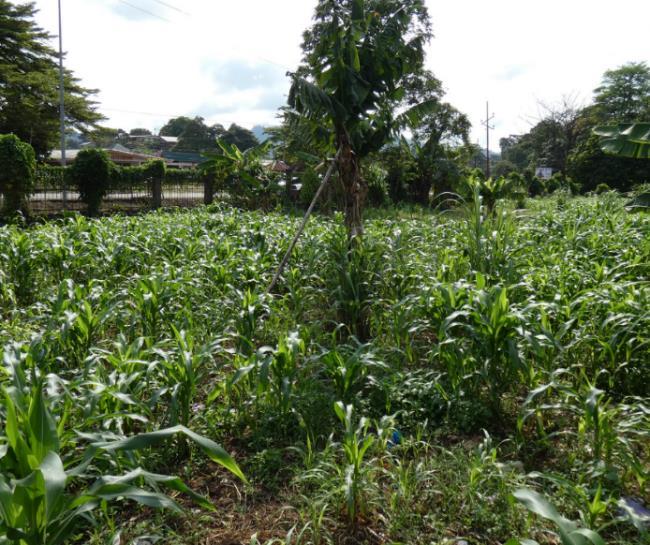
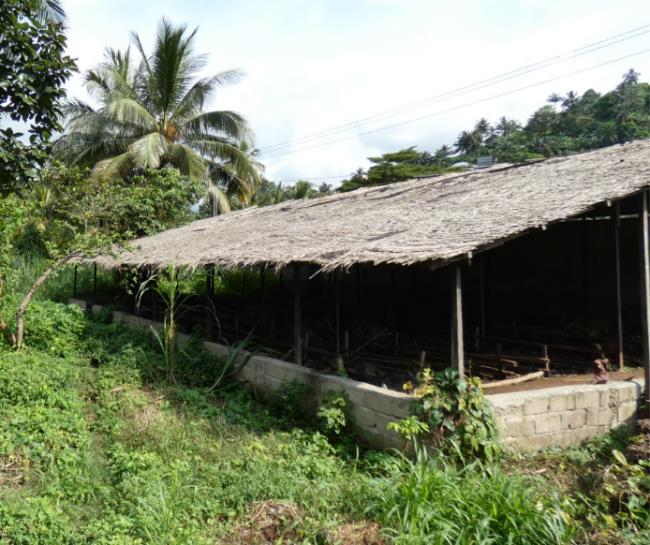
Annual report: Community-Based Green Project 2022 20
Financial breakdown

21
Annual report: Community-Based Green Project 2022
Categories 2022 XAF EURO Labour costs 1,728,000 2,634 Community suppliers 12,029,030 18,338 Gasoil 269,500 411 Outreach programme 413,000 630 Vehicle rental & fuel 1,900,000 2,897 LWC Vehicle maintenance 248,000 378 Fixed costs 1,161,127 1,770 TOTAL Project 17,748,657 27,058
Table 3. Financial breakdown for 2022
Labour costs 10% Community suppliers 68% Gasoil 1% Outreach programme 2% Vehicle rental & fuel 11% LWC Vehicle maintenance 1% Fixed costs 7%
Figure 3. Financial breakdown for 2022
Future goals and objectives
Going into 2023, we plan to continue to engage the community in conservation through workshops on educational outreach. Ultimately our goal is to change the attitudes and behaviours towards the unique and precious wildlife found in MCNP and strengthen the bonds we share with the local community. It is easy to see that each year the Green Project is having a positive impact on the community and the health and wellbeing of our animals. The project continues to prove its long-term viability and success as we maintain our permeant members and see increasing community participation at the workshops in Batoke village.

In the future we plan to continue to expand the project, inviting new members to join the initiative and attend our workshops. There is potential to expand the project into new areas around MCNP, which will enable us to sensitise more communities and protect wildlife even more widely.
Challenges and opportunities
In 2022, we were finally able to reopen our gates to volunteers and visitors. The ongoing COVID-19 pandemic caused difficulties for our operations, when we were not able to rely on the income generated through volunteer programme and entrance fees. Whilst we are extremely grateful to be welcoming people into the centre once again, the numbers are still greatly reduced since the pre-pandemic levels. The global commodities and cost of living crisis is also negatively affecting some funding organisations and squeezing their ability to support us as before. Therefore, a major challenge to overcome this year will be to secure sufficient funds to sustain and develop the Limbe Wildlife Centre and all its associated projects in a way that benefits both communities and wildlife in rehabilitation most effectively. We are extremely grateful for whatever support our institutional and individual donors can provide –and we could not maintain the success of Limbe Wildlife Centre and the Green Project without the encouragement provided by you.
We also face difficulties with the ongoing socio-political crisis in the Anglophone region of Cameroon, which is likely the cause for the slight drop in permanent membership. We also face difficulties with the ongoing socio-political crisis in the Anglophone region of Cameroon, which is one of the main reasons we have seen a slight drop in permeant membership. Older members have died or been too old to continue, while many younger people have moved to bigger metropolitan centres such as Limbe town or Douala to seek alternative livelihoods and escape the crisis. We also instigated a more rigorous and official membership process, to ensure we know who is benefitting from the scheme and how long members are staying involved.
We will continue to educate the community and encourage new membership, however, despite the reduction in community membership we did not see a reduction in the number of plants harvested.
Annual report: Community-Based Green Project 2022 22
Despite the ongoing COVID-19 pandemic, we maintained the support to the local communities, not only because they have also suffered because of the pandemic, but because the alternative livelihoods we provide them through the Green Project also benefit the wildlife we strive to protect.

Projected budget for 2023

24
Annual report: Community-Based Green Project 2022
Categories
XAF EURO Labour costs 2,633,400 4,015 Community suppliers 12,029,030 18,338 Gasoil 1,347,500 2,054 Outreach programme 500,000 762 LWC Vehicle maintenance 1,090,800 1,663 Fixed costs 1,232,051 1,878 TOTAL Project 30,375 28,710
Table 4. Projected budget and breakdown for 2023
2023 Forecast
Labour costs 14% Community suppliers 64% Gasoil 7% Outreach programme 3% LWC Vehicle maintenance 6% Fixed costs 6%
Figure 4. Projected budget and breakdown for 2023




www.limbewildlife.org Donate






















































